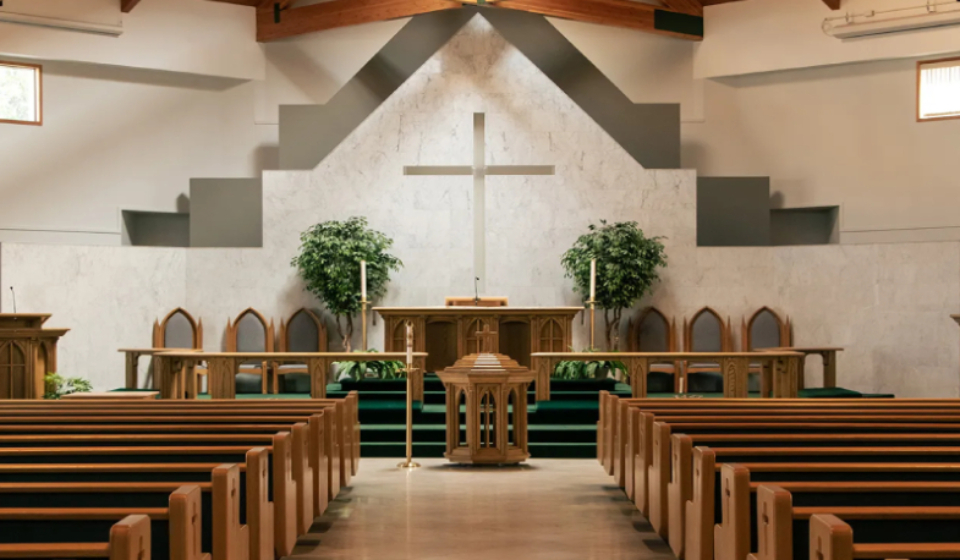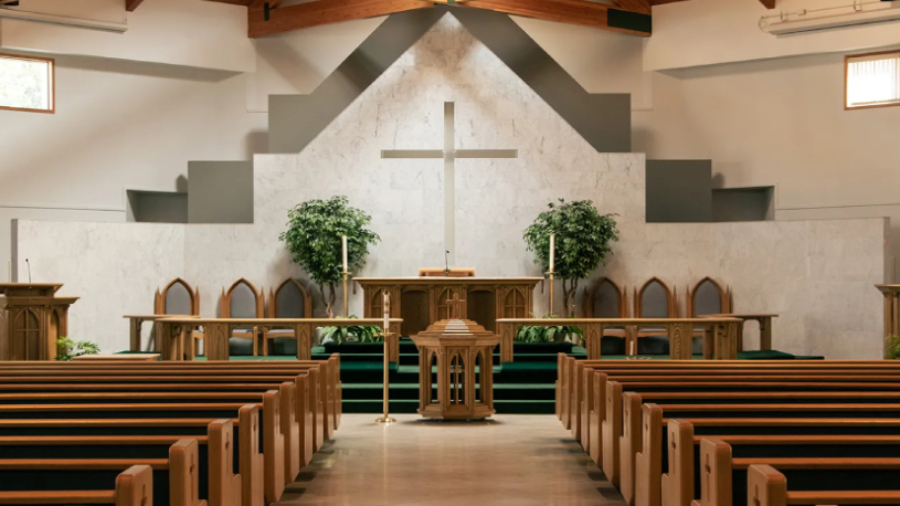Zambia, a country noted for its rich cultural and religious legacy, has a number of churches that serve not only as places of worship but also as notable architectural and historical monuments. These churches showcase Zambia’s numerous religious traditions as well as its deep spiritual foundations. Here are some of the most popular churches in Zambia.
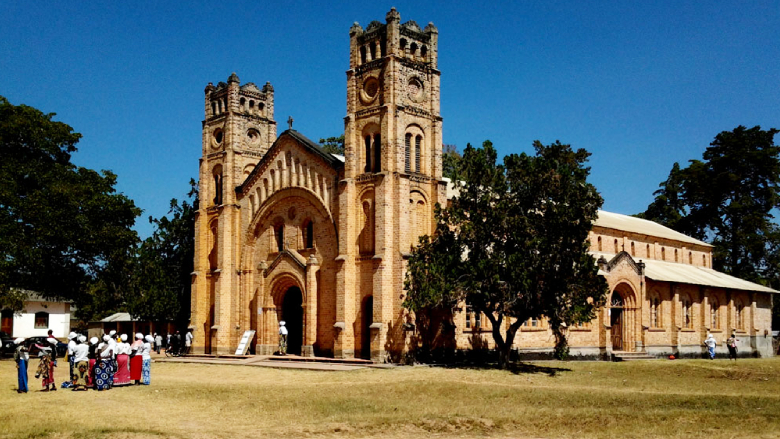
1. Cathedral of The Holy Cross Lusaka
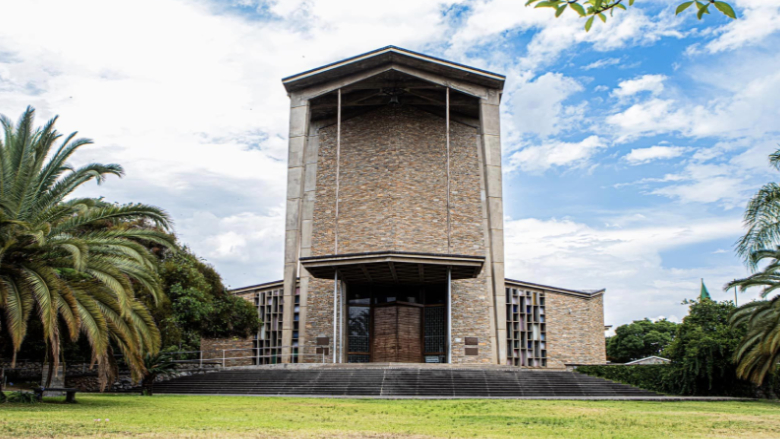
Built in 1962 the Cathedral of the Holy Cross Lusaka is a parish church and the mother church of the Anglican Diocese of Lusaka. Situated at Cathedral Hill the Cathedral of the Holy Cross overlooks the city of Lusaka and is a national shrine for prayer and reconciliation.
2. St. Ignatius Catholic Church, Lusaka
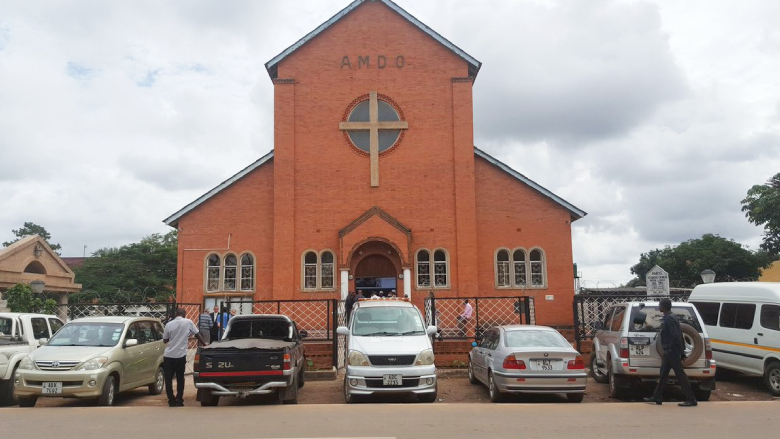
St.Ignatius Parish Catholic Church is a church in Lusaka, Zambia. St. Ignatius Church, known for its big, contemporary style, serves as a hub for Zambia’s Catholic population. The church’s modern style, paired with its spacious interior, provides a welcome atmosphere for worshippers. Its regular services and community activities help to solidify its status as a prominent center for spiritual development and community engagement.
Livingstone Seventh-Day Adventist Church, Livingstone
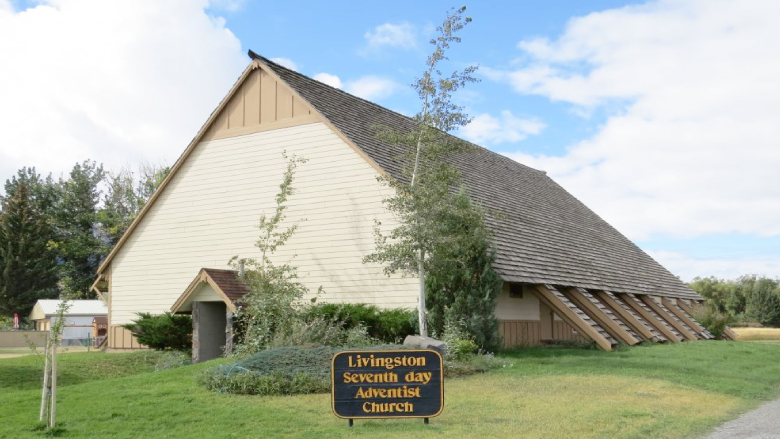
The Livingstone Seventh-Day Adventist Church, located near the famed Victoria Falls, is a well-known venue of worship for the Adventist community. This church is well-known for its community service and outreach initiatives, which represent the Seventh-Day Adventist Church’s commitment to spiritual and social well-being. The church’s presence in Livingstone emphasizes its role in providing spiritual support and communal services in an area rich in natural beauty and cultural diversity.
Church of Central Africa Presbyterian (CCAP) – Nkhoma Synod
The Church of Central Africa Presbyterian (CCAP) is a Presbyterian denomination. It consists of five synods: one in Zambia (Zambia Synod), one in Zimbabwe (Harare Synod) and three in Malawi – Livingstonia Synod in the north of the country, Nkhoma Synod in the centre, and Blantyre Synod in the south.
CCAP Nkhoma Synod is one of Zambia’s largest and oldest Presbyterian denominations. The church, headquartered in Nkhoma, has a considerable historical and cultural significance. The church’s architectural design combines traditional and modern elements, and it serves as a focal point for Presbyterians in Zambia. The CCAP Nkhoma Synod is noted for its strong theological education and initiatives in community development.
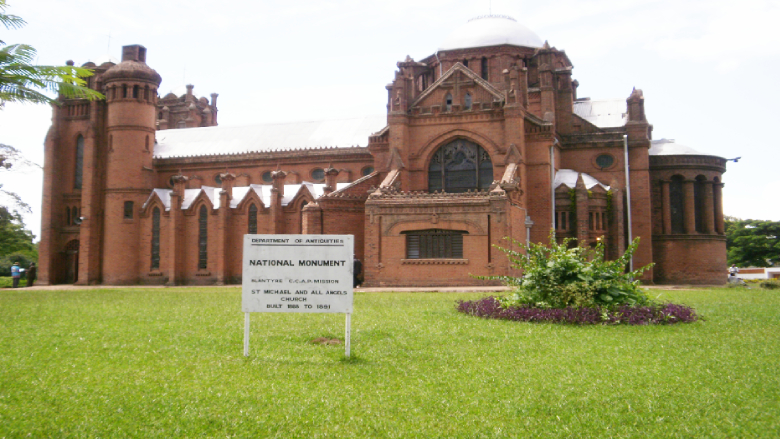
Saint George’s Anglican Cathedral, Ndola
Saint George’s Anglican Cathedral, located in Ndola, is a historic Anglican cathedral of great significance. The cathedral’s classic architectural style, combined with its historical significance, make it a prominent landmark in the Copperbelt region. It is an important site for Anglican prayer and community activities, contributing to the local spiritual and cultural life.
Pentecostal Assemblies of God (PAG) Church – Lusaka
The Pentecostal Assemblies of God Church in Lusaka is a major hub of Pentecostal worship in Zambia. PAG is well-known for its colorful liturgies and dynamic worship style, which draws a large congregation. The church’s emphasis on dynamic worship and community outreach has a great impact on the spiritual lives of its members, making it an important participant in Zambia’s religious scene.
These churches illustrate a broad range of Zambia’s religious and architectural traditions. From the grandiose cathedrals of Lusaka to the community-focused missions of churches in Livingstone and Ndola, each is an important part of Zambia’s spiritual and cultural landscape. Many Zambians continue to be inspired and shaped by these places of worship, community meeting, and historical significance.
Cathedral of the Child Jesus in Lusaka
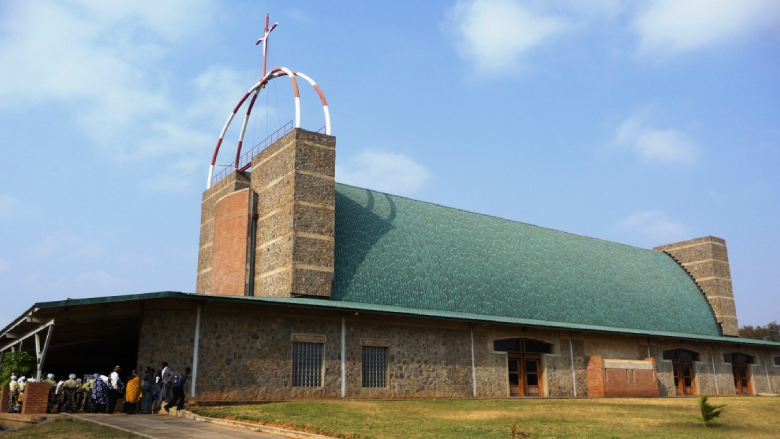
The Child Jesus Cathedral, also known as the Cathedral of Lusaka, is a Catholic Church religious building located in Lusaka, Zambia’s capital. It is near Pope Square and Lusaka Airport.[4]
The temple follows the Roman or Latin rite and serves as the headquarters of the Metropolitan Archdiocese of Lusaka (Archidioecesis Lusakensis), which was established in 1959 by Pope John XXIII’s Bull “Cum fides christiana”.
The cathedral was officially dedicated during a ceremony in 2006. In 1989, Pope John Paul II conducted Mass at the site, which was then simply an open field, and blessed the first stone of the construction.
